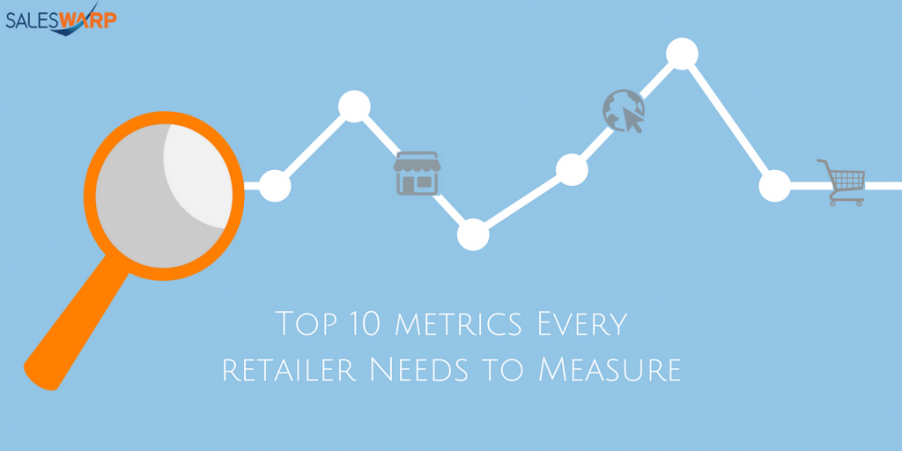Top 10 Metrics Every Retailer Needs To Measure
GUEST POST BY FIT SMALL BUSINESS
Before companies had the tools to easily collect business intelligence, executives made more decisions based on experience and expertise. Today, data and analytics are more accessible through advanced technology; however, few decision-makers understand the importance of referencing this data when making business decisions, what the data means, and how to use it.
In a highly competitive industry, executives can no longer risk making decisions based on experience or intuition alone. Neglecting big data not only puts retailers at a competitive disadvantage, but can ultimately hurt their bottom line. Having a better understanding of retail analytics and referencing them when making decisions can help reduce costs, increase revenue, and improve competitiveness.
Retail metrics can have a significant impact on every business decision, even the ones that seem less significant – from where products are placed, to new hires, to spend on a sidewalk campaign. Better yet, when regularly referencing data during the decision-making process, the necessary actions become more obvious. So instead of pondering when it will be time to change the window display, these metrics will serve as a reminder, rather than something that needs to be constantly scrutinized.
In a perfect world, business owners could check all metrics every day, just like checking the weather in the morning. In reality, retailers typically focus on a limited number of key metrics to avoid getting too overwhelmed with data, and to ensure attentiveness. However, automated tools like POS software and CRM systems are making it easier to generate these reports automatically, so that metrics can be monitored more diligently on a day-to-day basis.
The 10 metrics covered in our article include some essential standards (like Gross Margin and Sales per Square Foot) and some less-common ones (like Walk-in Rate and Payroll Percentage). Our goal was to cover a wide range of subjects, so our readers can A.) see how these metrics cover just about every aspect of retail operations and B.) pick and choose which ones are most important.

